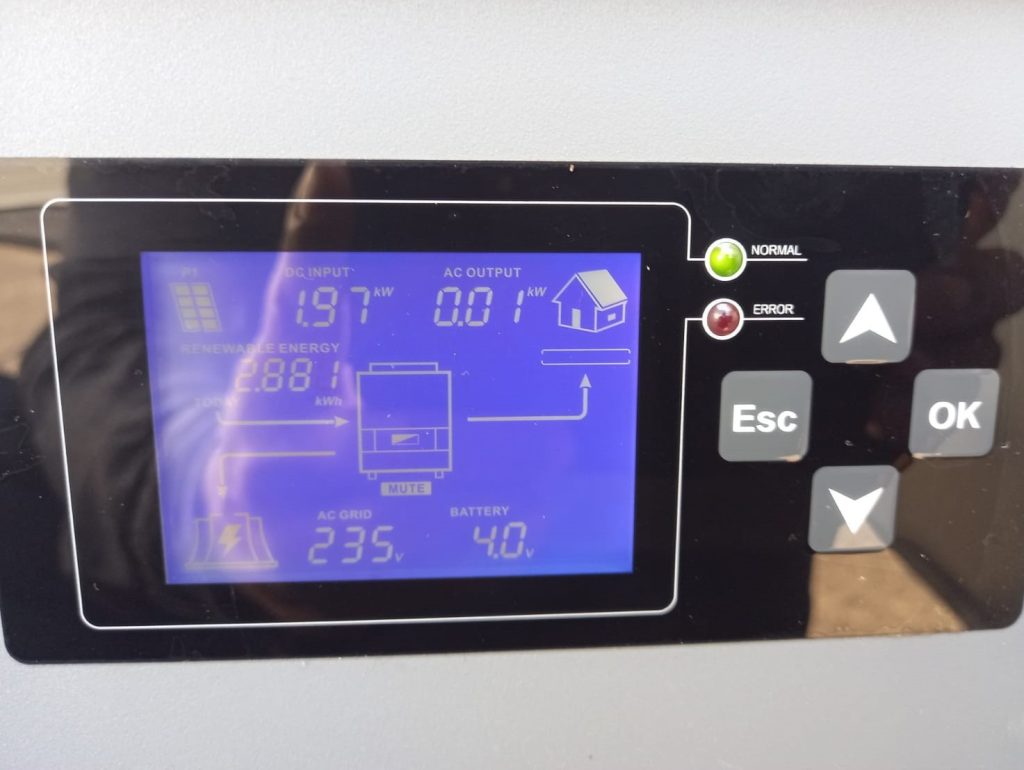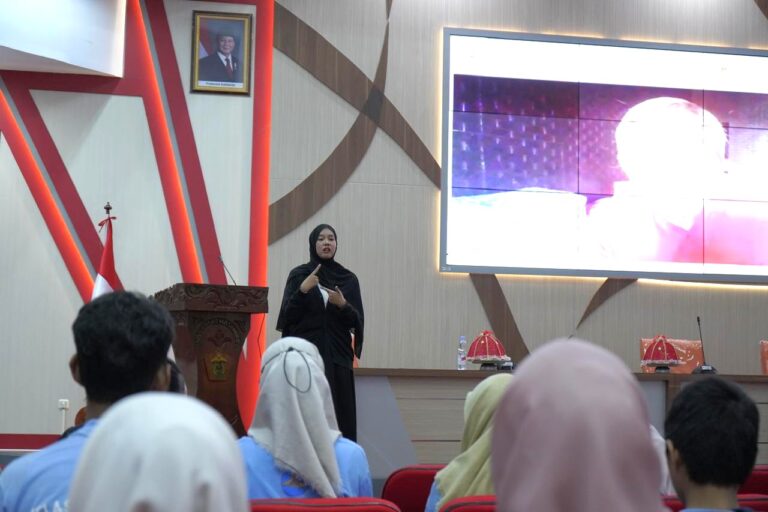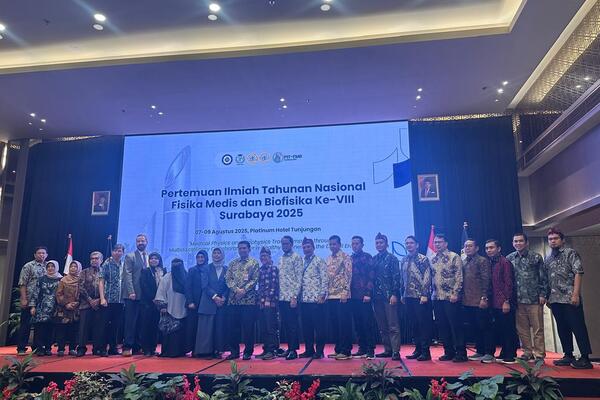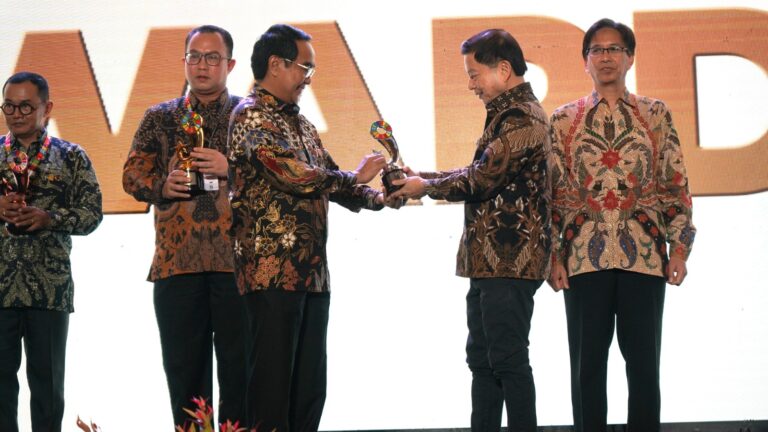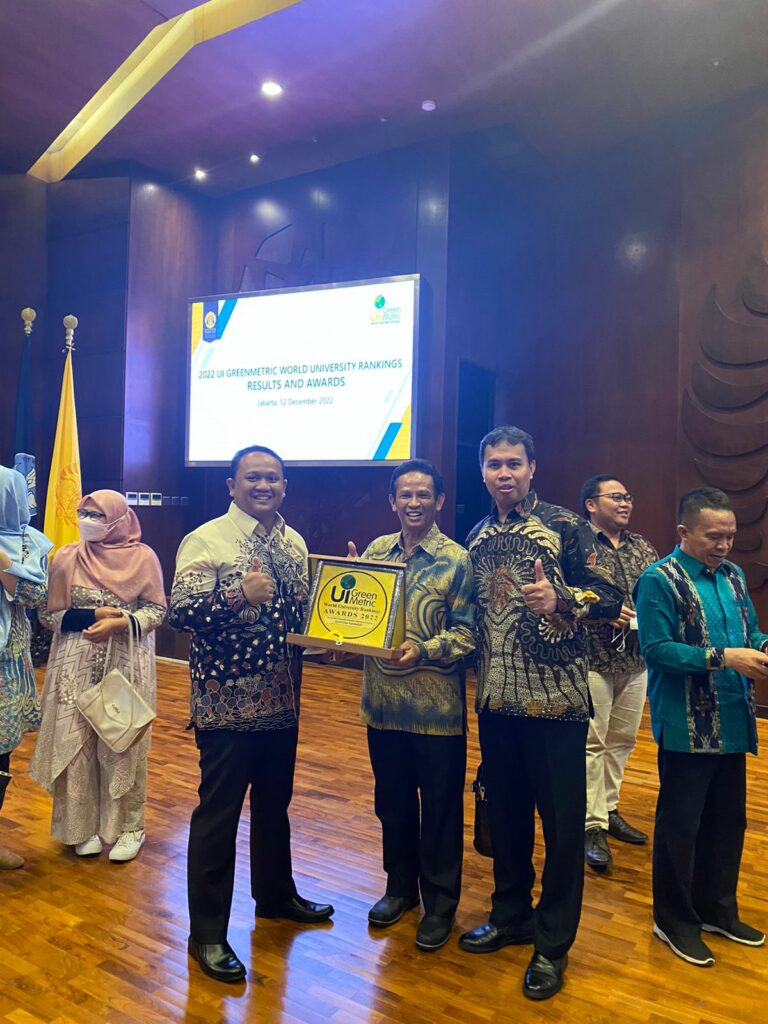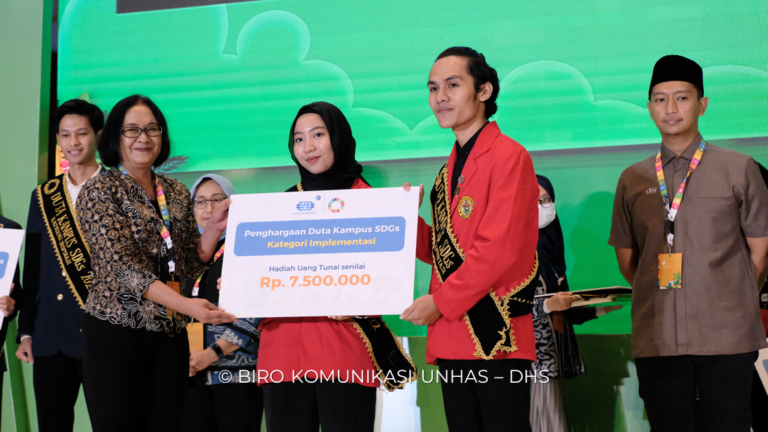Since 2016, Hasanuddin University has planned to implement a renewable energy power plant in the form of PLTS on the rooftop with a capacity of 3 MWp. For now, PLTS has been used to produce electricity based on renewable resources at the Faculty of Engineering. There are two buildings that have been installed with PLTS, namely on top of the COT building and the Department of Electrical Engineering. The capacity for each building are 2 kWp with an electrical energy production capacity of 6,7 kWH/day. Meanwhile, PLTS on top of the Electrical Engineering Department building with a capacity of 250 Wp and capable of producing an average energy of 0,4 kWH/day.
In addition, the PLTS has been installed with a capacity of 25 kWp which is located above the Hasanuddin University Rectorate building in 2020. This building generates electricity of 100 kWh per day. According to the website (https://globalsolaratlas.info), the potential for solar energy on the Hasanuddin University campus is 4,08 kWh / kWp per day. Other hand, the use of wind energy has also been started at Hasanuddin University, in the form of a PLTB (Bayu Power Plant) installation on the building of the Department of Electrical Engineering. This PLTB is only in the initial / experimental stage with a power capacity of 100 Watts. This small capacity PLTB is intended as a pioneer to see the feasibility of utilizing wind energy with a speed of 3,06 m / s (https://globalwindatlas.info/) at the Gowa Campus.
The use of hydro energy has also been initiated in the form of a Hydro Power Plant installation located next to the Electrical Engineering Department Building. This plant has a power capacity of 0,5 kW with a reservoir system. There is also a plan to build a Mini Hydro Power Plant (PLTM) by utilizing a water reservoir building located next to the Civil Engineering Department building. The installation is complete and it remains only to install a water turbine and generator to produce electricity. The problem lies in the unavailability of funds for the procurement of turbines and generators.
Editors: Ishaq Rahman
